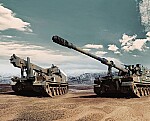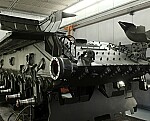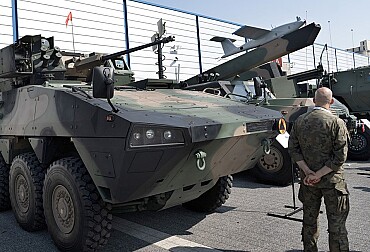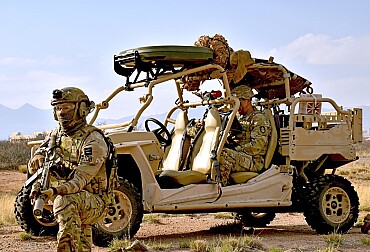Marines reopen second WWII-Era airfield to prepare for future combat
In a move designed to bolster the Marine Corps’ aviation capabilities, a recently refurbished World War II-era airfield at Camp Davis, North Carolina, has been reactivated. This marks the second such site to be reopened this year, following the reactivation of an airfield on the Pacific island of Peleliu in June. Both locations are integral to the Marine Corps’ efforts to enhance air training and operations as part of a broader strategic plan to support future combat missions.
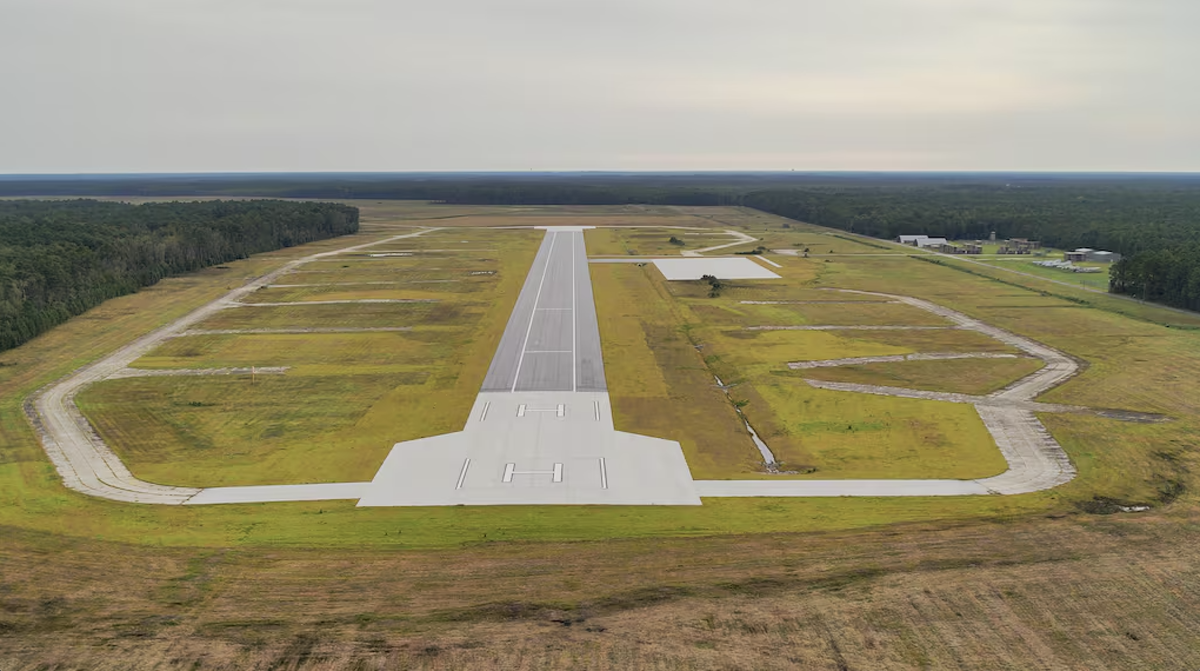
The $28 million overhaul of the Camp Davis airfield, located less than 25 miles from Camp Lejeune, is a key element in these efforts. This site will serve as a critical platform for the Marines to execute the Expeditionary Advanced Base Operations (EABO) mission. EABO focuses on dispersing small Marine units across vast distances, relying heavily on aircraft for everything from precision strikes to reconnaissance, refueling, and resupply.
According to Colonel Ralph Rizzo, commander of Marine Corps Installations East, "Aviation and ground units across the region will be able to use this runway to exercise the full spectrum of training capabilities in preparation for missions around the globe, including simulating austere airfield conditions in conjunction with Expeditionary Advanced Basing Operations."
The North Carolina airfield offers expanded air training options, while the Peleliu airstrip provides a strategic location for Marine and joint military aircraft, situated within 1,000 miles of Manila, Philippines, and 1,400 miles from Marine forces in Okinawa, Japan. This geographical advantage allows for a refueling and refit point just beyond the first island chain, a region critical for U.S. and allied military operations near China.
The renovation at Camp Davis, which took 18 months to complete, involved significant updates to its aging infrastructure. The runway was completely torn up, raised, and resurfaced using layers of rock, gravel, and asphalt. In addition, new concrete landing pads and an apron were installed, designed to handle the intense heat generated by aircraft during hovering, landing, and turning maneuvers.
This is particularly important because the airfield will serve as a multipurpose landing site, accommodating various Marine aircraft, including the KC-130 Hercules, F-35 Joint Strike Fighter, MV-22 Osprey, and other rotary-wing aircraft. The airfield will also be capable of handling the Air Force’s heavy-lift C-17 aircraft.
The 4,525-foot airstrip features a 3,600-foot asphalt runway and concrete turnarounds at each end, making it suitable for vertical take-offs and landings, such as those performed by the Osprey. The entire airfield spans approximately 275 acres and will support a wide range of training and operational activities.
Originally built in 1941 as an Army installation, Camp Davis was used for anti-aircraft artillery training during World War II. The Army ceased operations at the airfield in 1946, and it was incorporated into the Navy’s Greater Sandy Run Training Area in 1992. Since then, it has been primarily used by rotary-wing units stationed at Marine Air Station New River.
With these significant upgrades, the Camp Davis airfield is poised to become a crucial component in the Marine Corps’ efforts to enhance aviation readiness and ensure the success of future combat missions. The reopening of this WWII-era airfield, alongside the recertified Peleliu airstrip, reflects the Corps’ commitment to adapting to modern warfare and maintaining a strong presence in key strategic regions across the globe.




